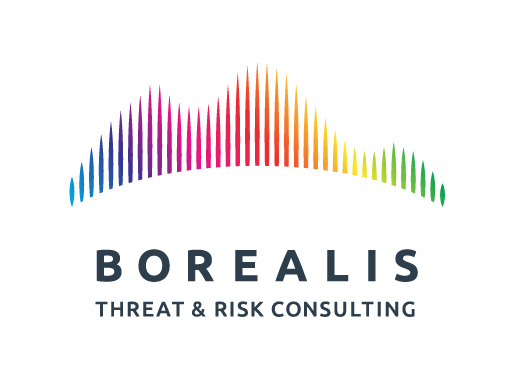Never before in the history of our species have we humans had so much access to news. I recall reading once that during the Middle Ages the average English person never traveled further than 10 miles (16 km) from his/her place of birth. Consequently, that person did not know much about what was happening in the wider world and news from other lands was slow – if ever – to reach their ears.
Compare that to today. We can learn about events virtually instantaneously: in fact, many news organisations will cover incidents as they are unfolding, complete with video feeds (can anyone forget watching the OJ Simpson ‘flight from justice’ live way back in 1994, sometimes called the world’s ‘slowest’ ever car chase?). As a consequence, we are better and more quickly informed than at any point in civilised history, the challenges of dis- and mis-information notwithstanding.
Does it naturally follow that we have a collective ‘right’ to know? Is it always in the public’s interest to have all the details of a developing story on the fly? One should realise that data ebbs and flows as something is still unfolding and hence earlier releases are found later to be inaccurate. This is why law enforcement agencies, annoyingly to some, keep saying ‘no comment: the investigation is ongoing’. Arghhh!!!
Are there occasions on which the wiser course of action is NOT to spill the beans? In other words, are there circumstances in which the public does NOT have a ‘right’ to know. As a veteran of Canadian intelligence organisations – CSE and CSIS – I lived in environments where sources were most definitely not freely available to the general citizen (even to those on the inside source identification was limited to those with a strict ‘need to know’). What if letting out some kinds of details leads to a worsening of the situation?
A recent knifing in Dublin has brought all these questions to the fore. On November 28, a man stabbed four people, three children and their caregiver, in the Irish capital: the five-year old victim is still fighting for her life. The alleged assailant, who has not been named to the best of my knowledge, was wounded and is in hospital yet to be questioned by the Irish Garda to determine a motive.
Nevertheless, rumours that the attacker was an ‘Algerian’ led to riots in the streets that garnered international attention. Irish society was now seen as ‘racist’ and the rioters part of a right-wing anti-immigrant mob. It is true that an increasing number of voters in Western Europe are casting their ballots for political parties promising to lower migration levels, and there is a fringe that believes in the so-called ‘great replacement theory‘ (a myth that immigrants are taking over and will transform European societies, recasting them in their own image – culturally, religiously, ethnically, etc.).
Getting back to the topic at hand, however, does the Irish, and by extension the world’s, public have a right to know the name of the knife-wielder? Authorities are likely opting to suppress his identity for fear of feeding anti-immigrant sentiment, unless there is a part of Irish legislation of which I am unaware whereby suspects are routinely not named. If so, one could understand the government’s position. But where does that leave the right to know?
Now I must admit that when I heard this story my immediate thoughts went to terrorism. No, I had no ‘proof’ that this was an act of violent extremism but some of the few facts available did point in that direction. This was a knife attack, and several similar incidents linked to jihadis have occurred of late in Paris, Brussels, and Arras. The attacker was allegedly ‘Algerian’: this also supported the possibility that there was a tie to Islamist terrorism. I did not call it terrorism outright, and continue to hold my cards close to my chest, but the similarities between this attack and others was noteworthy.
In a Canadian context, a now 21-year old man pleaded guilty to killing a massage parlour worker in Toronto in February 2020 was sentenced to life in prison by a judge who ruled that his act was terrorism committed in the name of ‘incel’ (involuntary celibate) ideology. In other words, although his crime was committed while he was 18, and thus a young offender, the court ruled that he merited an adult term behind bars. And yet, he has not been named.
Normally in our land young criminals remain anonymous under the belief that they deserve to get a second chance once their sentences are served. Rightly or wrongly, our system has decided that to publicly name (and shame) these individuals would hamper any future rehabilitative efforts. I will leave the question of whether this is true to those who have a much deeper understanding of such matters.
Given, however, the nature of his crime and that fact that he was found to have perpetrated an act of terrorism (NB I see violent incel acts as hate crimes and not terrorism, but that is inconsequential to the discussion), does that not move this case into a different realm? Does the public have a need to know the identity of the young man capable of such an act? What if he finishes his time behind bars, does not ‘recant’ and does it again? Should those who live near him be advised when he is released?
I have no answers to these questions. We may normally expect to be informed to the highest level possible but there may in fact be extenuating circumstances, as the cases in Toronto and Ireland demonstrate.

